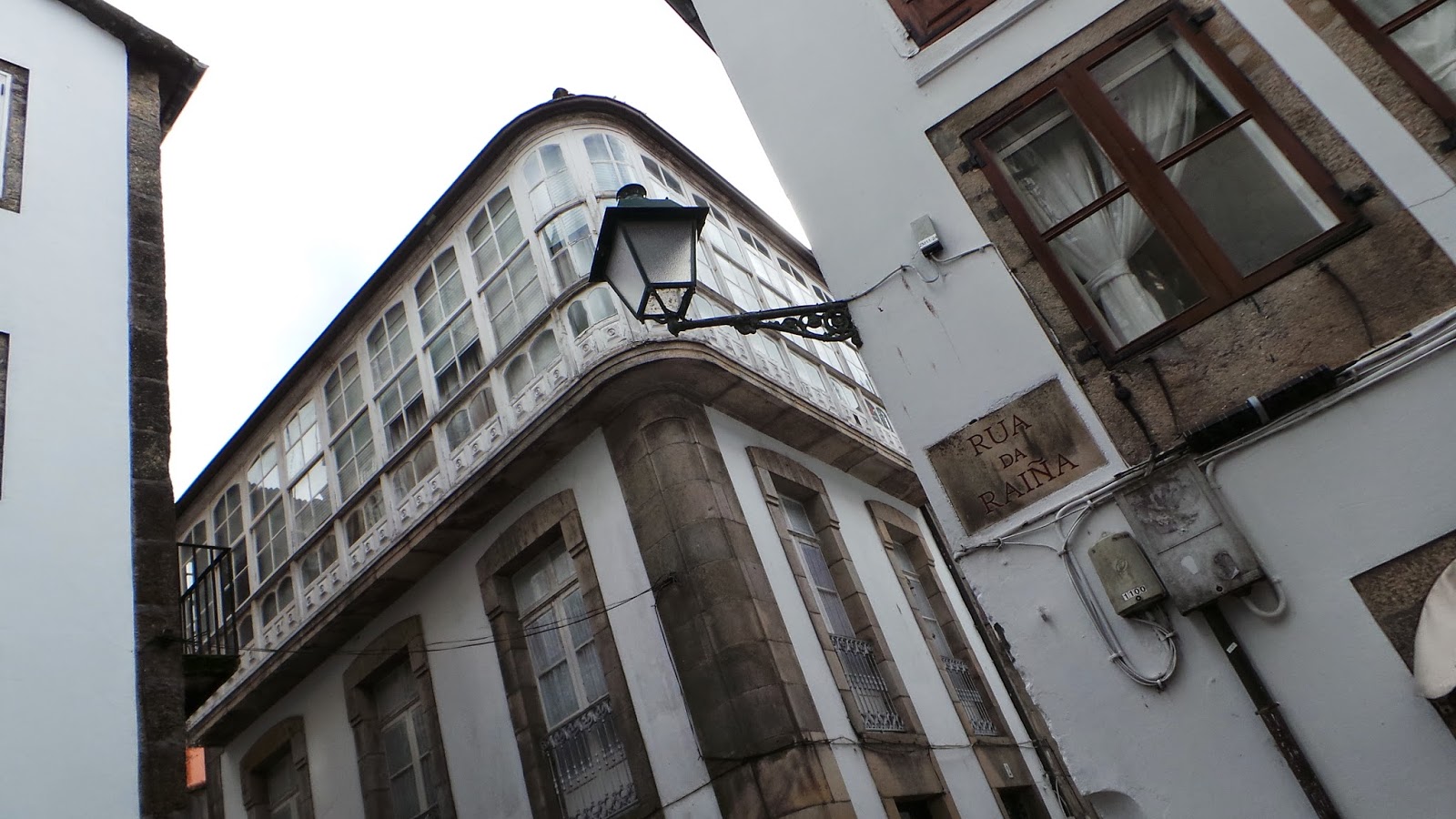Friday 6th June 2014
Vero had engaged a local tour guide from Santiago de Compostela to take us around the old town as well as to tour the Canthedral of the Santiago de Compostela. We walked from the park where we had earlier got a vantage view of the Old Town to a corner which is one of the entrances into the Old Town. The particular entrance that we took was the Spanish El Camino route ( Spanish Pilgrims route). There are other entrances that are part of the French Pilgrims route, Portuguese pilgrims route etc.
We we reminded that St James or San Tiago in Spanish is the apostle who spread Christianity to the Iberian Peninsula who upon his return to Jerusalem was beheaded by the Romans. His folowers smuggled out his remains to be buried somewhere in the Iberian Peninsula. According to legend a shehperd one day saw a bright light on the hills which guided him to the spot where the remains of St James was believed to be buried. Upon confirmation by the Bishop that it was the place where the remains of St James was buried, a cathedral was built there whereupon a town developed around it. Many of the buildings around the cathedral belonged to the church which rented out these properties for income to the church.
The buildings that belong to the church could be identified from the symbols of the 'clam' that is identified with the pilgrims of Santiago de Compostela.
The streets are narrow and nowadays most of them are occupied by bars and restaurants or tourist shops.Upper floors would house offices or residences.
being briefed by the local tour leader
before walking the streets towards the Cathedral
attractive pastries, cakes and chocolates in shop windows
some Japanese pilgrims in their Shinto costumes
'clam' symbol on the wall of a building like this denotes that it belongs to the church
the courtyard of the University next to the Cathedral
an art exhibition was held along the corridors of the university courtyard
statue of the founder of the university a the centre of the courtyard














No comments:
Post a Comment